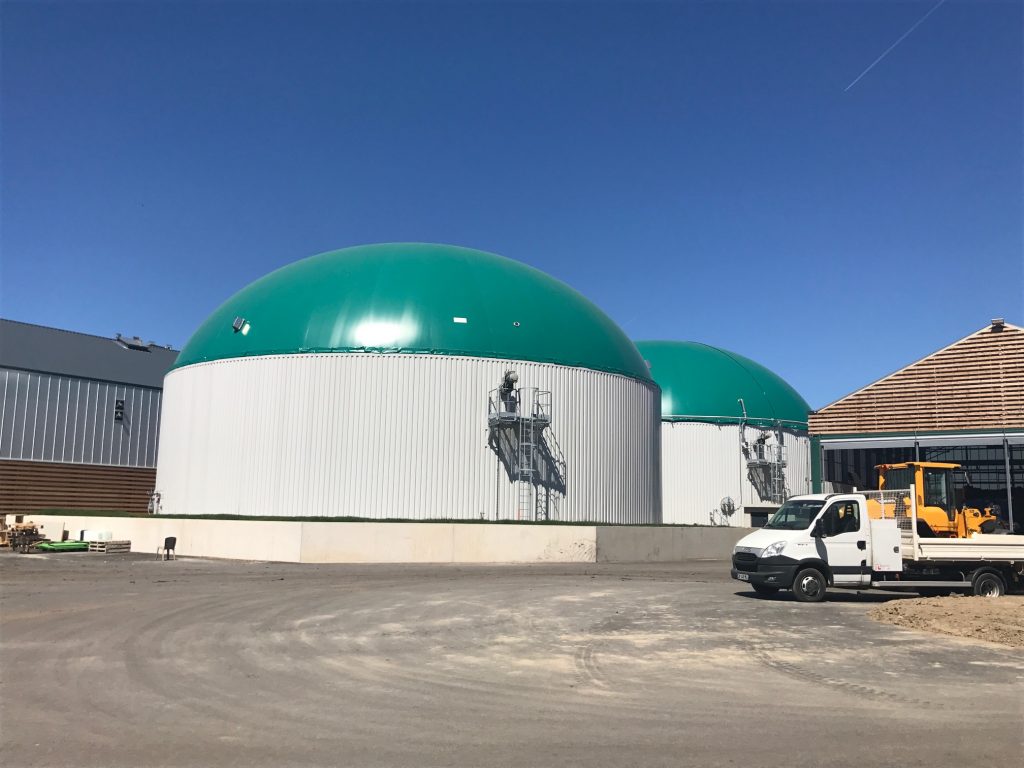
When agricultural waste is treated with anaerobic digestion, it produces energy in the form of biogas, prevents the escape of greenhouse gases, and also lessens reliance on fossil fuels.
Preventing escape of methane gas from natural and human activities is a vital part of strategies to slow climate change
In the United States, local, state, and federal agencies — together with leaders in the private sector — have implemented several voluntary and regulatory efforts to reduce methane emissions. Gas emissions from human activities add to the greenhouse effect and contribute to climate change. The main gases responsible for climate warming include carbon dioxide (76%), methane (16%), nitrous oxide (8%), and fluorinated gases (2%).
Carbon dioxide accounts for more than three-quarters of emissions linked to human activity and persists in the atmosphere for hundreds if not thousands of years. While methane is less abundant and only persists in the atmosphere for about 12 years, it is 25 times more potent than carbon dioxide in terms of its warming potential over a 100-year period.
What’s Being Done?
The current U.S. administration has launched ambitious domestic actions and has partnered with the European Union to spearhead a Global Methane Pledge to bring emissions of the gas down to 30% below 2020 levels by 2030.
The 2021 U.S. Methane Emissions Reduction Action Plan outlines plans to cut domestic emissions. It targets three of the highest methane emitters:
- The oil and gas sector
- Landfills
- The agricultural sector
Efforts to reduce emissions from the oil and gas sector include updating rules and taking action to address methane leaks, as well as the venting and flaring of methane during operations and to plugging orphaned wells.
The plan aims to reduce methane emissions from landfills by diverting food waste from landfills, and by encouraging landfills to capture methane in order to achieve the national goal of capturing 70% of methane emitted from landfills.
To reduce methane emissions in the agricultural sector, particularly from beef and dairy systems, the plan outlines several incentive-based programs initiated by the Department of Agriculture (USDA). These include several programs encouraging climate-smart agricultural practices, including incentives that reward farmers for reducing methane emissions.
The Department of Agriculture’s Agricultural Research Service (ARS) is working with partners in the dairy industry to develop science-based models and tools to help assess, track, and ultimately reduce emissions from manure storage systems, which contribute extensively to overall methane emissions.
In addition, the USDA’s Interagency Biogas Opportunities Task Force is facilitating methane capture for the provision of renewable energy on farms. According to a White House statement, as of January 2022, the USDA’s Rural Development arm had provided more than $200 million in support of methane-reducing anaerobic digester projects on farms.
Clean Form of Renewable Energy
Fluence’s waste-to-energy solutions turn organic waste — including sewage, food waste, industrial waste, and agricultural waste — into a valuable resource. These materials would previously have been discarded, releasing methane into the environment as they decomposed.
In anaerobic digestion, bacteria decompose organic waste away from the presence of air, producing biogas, a mixture of 60-70% methane, carbon dioxide, and other trace gases. Biogas can be used on-site to generate energy or heat, lowering an organization’s carbon footprint while cutting energy costs. It also can be sold as a value-added product.
When carbon dioxide and trace elements are removed from biogas, it produces biomethane, which is 98% methane. This natural gas substitute can be injected into the gas grid, used for combined heat and electricity generation, or used as a transport fuel. Quoting a report released by the European Biogas Association, the World Biogas Association suggests that biomethane used as vehicle fuel offers more environmental benefits than electric vehicles and is key to net zero transport.
Besides energy, anaerobic digestion produces a nutrient-rich digestate as a byproduct. The digestate is suitable for agricultural use as a fertilizer replacement, eliminating nitrous oxide emissions associated with nitrogen-heavy commercial fertilizers.
Waste-to-Energy Solutions for a Variety of Industries
Waste-to-energy offers a closed-loop solution for converting organic waste, wastewater, or sludge into energy, turning waste that can be difficult and costly to dispose of into a valuable resource.
Fluence has developed waste-to-energy solutions for clients across a broad spectrum of industries. Before starting a project, our experts analyze these waste byproducts to design a treatment system based on potential biogas production capacity. We calculate the capital outlay required to build the plant, determine how much operating costs will be reduced by generating energy on-site, and calculate the return on investment our clients can expect.
Contact Fluence to learn more about our waste-to-energy solutions and how they can reduce your organization’s carbon footprint and increase profitability.
